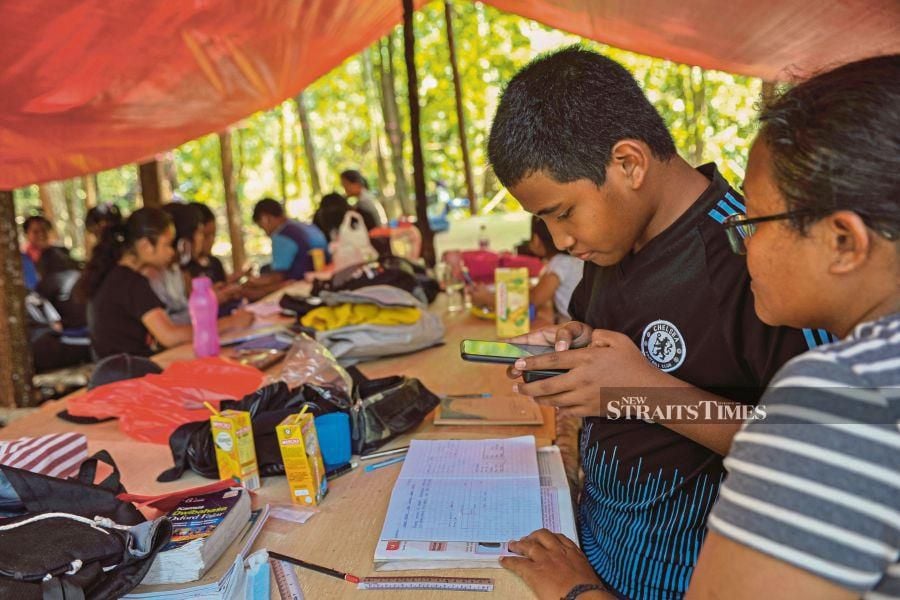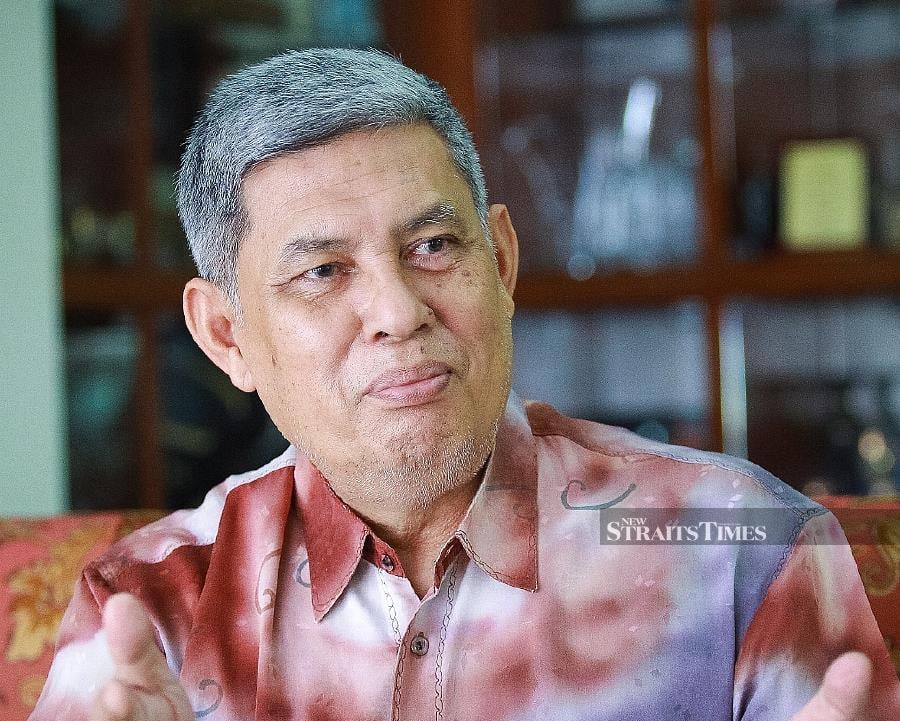
KUALA LUMPUR: AS the Education Ministry looks into more ways to address limitations and challenges to learning, suggestions are being floated on the need to boost community Internet centres.
Educationists said there was a need to set up more or convert existing community Internet centres to be used for free by schoolchildren, especially in rural areas.
This could ensure that the learning process for schoolchildren without access to any or stable Internet connection, as well as those without devices, would not be affected by the Movement Control Order 2.0 since primary schools and most secondary schools were closed.
Former Education Ministry director-general Tan Sri Alimuddin Mohd Dom described it as a good suggestion since the pandemic had forced the ministry to embrace the new normal in conducting home-based teaching and learning (PdPR) online.
"The concept can help lessen the burden of families.
"Under strict monitoring and compliance with the standard operating procedures (SOP), community Internet cafés could be transformed into a computer lab of sorts for underprivileged schoolchildren, which enables them not only to mix with teachers, but also their peers."
Another education expert, Anuar Ahmad, concurred with Alimuddin on the matter, but he described the proposal as a medium-term solution.
He said this move would require the government's time and resources to develop more community Internet cafés or convert existing centres for use.
"These include upgrading the speed of the Internet connection as well as installing equipment and facilities to ensure the premises comply with the SOP," said Anuar, a senior lecturer with the Centre of Community Education and Wellbeing at Universiti Kebangsaan Malaysia's Education Faculty.
It was reported that there are 1,064 community Internet centres nationwide under the supervision of the Malaysian Communications and Multimedia Commission.

As an immediate solution to issues arising from online learning, Alimuddin and Anuar agreed that there was a need for the ministry to continue boosting content on TV Pendidikan (Educational TV).
Anuar said: "TV Pendidikan can act as a safety net in the worst-case scenario.
"When I was a teacher in the interior of Sarawak in the 1970s, TV Pendidikan helped some children who were unable to attend school due to connectivity and transportation limitations at the time."
Ultimately, he said, the Covid-19 pandemic has made it clear the government must accelerate efforts to expand Internet connectivity and speed, especially in rural areas.
"This is a long-term investment and the benefit will remain even after we win the battle against Covid-19.
"The pandemic, which has forced the education sector to conduct PdPR virtually, is proof that access to a stable and fast Internet connection, including in rural areas, is no longer a luxury, but a necessity similar to electricity and water supply."
Another education expert, Professor Emeritus Datuk Isahak Haron said there was no one-size-fits-all solution.
Every stakeholder, he said, had a role to play. Certain reorganisation of education delivery and teaching-and-learning methods would have to be developed, he added.
The immediate solution, said Isahak, hinged on the availability of facilities and resources as well as demographics of schools.
He said online learning posed challenges for the majority of schoolchildren of families from B40 households, since not many had access to stable Internet connection and had a lack of gadgets.
"My initial suggestion is for schools to prepare printed modular learning materials as homework to be distributed among students through their parents.
"Although there'll be less interaction between teachers and students, the method will enable teachers to check the progress and understanding of students in their learning," said Isahak, a retired professor from the Educational Psychology and Counselling Department at Universiti Malaya's Education Faculty.
The schools could outsource the printing of these learning materials or rent printers, and parents or volunteers could help pupils' families, especially at the primary level, he added.
"Learning from your gadgets can be superficial. Students should be given the opportunity to write.
"For example, I observe that my granddaughter likes to write in worksheets given by the school, although she loves watching videos online.
"This makes monitoring by parents and teachers easier. Give the children worksheets (homework) so they can complete it.
"This is the least that can be done to get students 'connected' with their teachers and schools." - NST


No comments:
Post a Comment
Note: Only a member of this blog may post a comment.